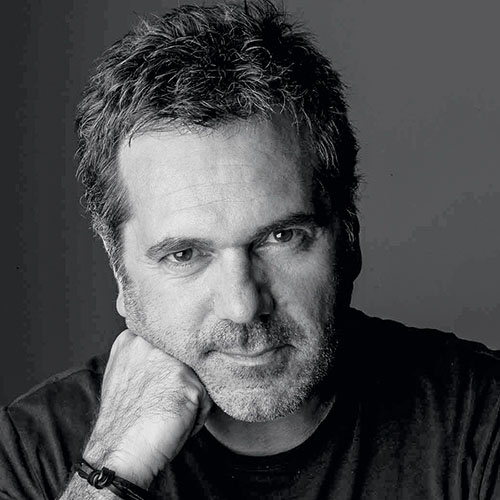Han Tümertekin
M. Architect
Restoration and Refunctioning
RESTORATION AND REFUNCTIONING
Restoration literally means repairing, our job can be defined more with the term refunctioning rather than restoring. This nuance is important, in projects restoring and refunctioning are defined. Restoration has a more limited area and is relevant with recreating what is already present. On the other hand, refunctioning has an approach based on changing some aspects of the building. This is what we do with our buildings, if not the job will be came down only to craft.
Then here comes this question: Which part of the building is preserved as original, which part is transformed and refunctioned? This is determined by the discussions done with The Council of Monuments. This also brings out the relation between the importance of the building company, the precision, care and caution in the structure which will be preserved or transformed to the original, and applying new technologies to the parts being interfered in order to respond to the needs of modern life.
There are two sides to this operation, the first one is the constructor must have this care, secondly must be able to apply the latest technological innovations. These to are contradictory. In the restoration world there is a saying “mercy scraper”, those structures need a very mercifully approach in protection vise. Also, really heavy construction works are included like going several floors underground while the building is still standing. It is a trait to have those two together at the same time.
The ones doing the heavy construction are the ones who demolish fast and efficiently, who lay concrete. The ones coming from the restoration are the ones who don’t touch anything and attempt to do the impossible with their brushes. The basic aspect to our operation is the presence of the two together and having those two very different acts done together. This is what makes Siska unique. It has those two distinctions both. Siska is known as one of the best companies a that field and this is its best quality. This definition is accurate for almost all of our projects.
Where does refunctioning come from? Preserving and keeping alive the values that reached today from the nth century are controversial with keeping up with the needs of today. My leaning is always to approach each building analytically and cautiously if possible. What is the originality worth preserving and recreating if we leave romanticism and emotions aside? It is important to understand this well and also do the minimum interventions to apply the new functions to the building.
The minimum definition of the architect is important in relevance to his reckoning with his creator ego and the building. Instead of arguing and obstinating with the building, I am one of the architects who keep the most distance, if there is any this is where my success comes from. I am patient, I am interested in listening and understanding. When I find such a building I want to understand the question “What do I have here?” instead of “What can I do to that?”. When I understand what I have, then I make my move.
The question coming up in the interventions to these kind of buildings is: “Did this much restriction give you a hard time?” I don’t see a difference with an empty field and this. There can also be many restrictions in an empty field. I am someone who can be creative in restrictions. The state of the presence of these buildings can be a problem for many architects but it is an advantage for me.
Tearing down the building and cleaning the interventions done before is at the beginning of the job. This is a direct concern of the construction firm. In this stage the work must be done with the care we call “the mercy scraper”. Moderation is the key to repress the ego when combining the new functions. The importance in the collaboration must tolerate the patience and pauses. This is the advantage of working with Siska, it gives met he luxury to wait and listen. This is a privileged situation for me.



